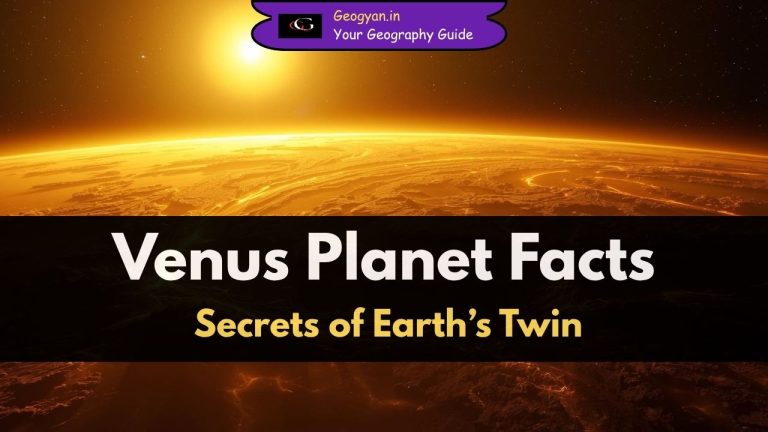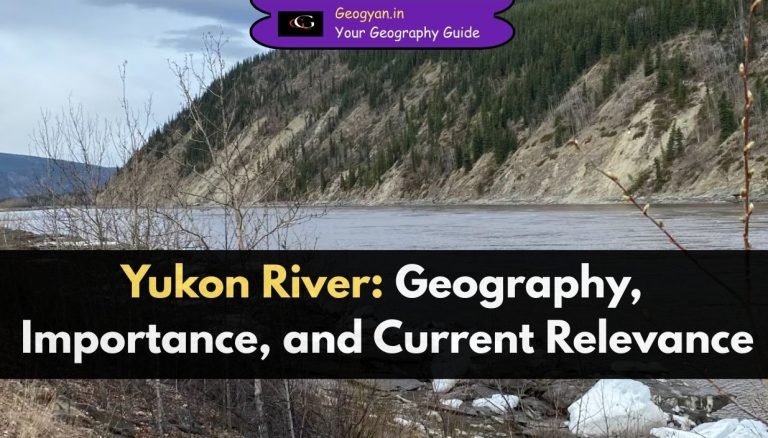The Pacific Coast of the U.S. offers an intriguing blend of natural beauty, diverse climates, and exceptional wines, drawing millions of tourists annually. From California’s famed Napa and Sonoma valleys to Oregon’s lush Willamette Valley and Washington’s Walla region, microclimates play a vital role in determining grape varietals, wine styles, and visitor experiences.
Each area’s proximity to the ocean, daily temperature shifts, and unique topography create distinct growing conditions that influence not just wine quality but also the activities and tourism strategies of wineries. This blog explores the importance of these microclimates, offers real-world examples, and provides practical advice for planning an unforgettable wine tour along the coast.
Microclimates and Their Impact on Wine Tourism
California’s Coastal Diversity
California’s wine-producing regions are shaped by various microclimates, with significant climatic contrasts between coastal and inland areas. For instance, Sonoma County benefits from cool ocean fog, which ensures a slow ripening process for grapes like Pinot Noir and Chardonnay. These cooler conditions preserve the grapes’ acidity and promote complex flavor development. Sonoma’s wineries offer immersive tours, winemaking workshops, and food pairings that highlight the region’s cool-climate wines.
In Napa Valley, located further inland, the climate is warmer, making it ideal for producing bold Cabernet Sauvignons. Napa wineries often emphasize luxury, with vineyard hot-air balloon rides, premium wine tastings, and spa retreats adding to the allure. Central Coast regions like Santa Barbara and Paso Robles offer another dimension of wine tourism. With warm days and cool nights, these areas specialize in Rhône varietals, such as Syrah and Viognier. The diversity in temperature allows tourists to experience everything from sparkling wine tours to horseback rides through vineyards.
In contrast, Temecula Valley in Southern California is popular for weekend getaways due to its Mediterranean climate, with opportunities for hot-air balloon rides and vineyard picnics.
Oregon and Washington: Cool Climates with Unique Appeal
Moving north, Oregon’s Willamette Valley thrives under cool, rainy conditions, ideal for producing world-renowned Pinot Noir. The interplay between cool air and fertile volcanic soil creates wines with bright acidity and delicate floral notes. Tourists visiting the region enjoy seasonal activities, such as grape harvest festivals and farm-to-table dinners at wineries. Sustainable wine practices are also a major focus in Oregon, attracting eco-conscious travelers.
Meanwhile, Washington’s Walla Walla Valley provides a stark contrast, with warm, dry conditions influenced by the Columbia River. Known for its complex Cabernet Sauvignon and Merlot, Walla Walla’s wine tours often include visits to boutique wineries where guests can learn about small-batch winemaking. Seasonal activities like blending classes and barrel tastings offer visitors a deeper understanding of how climate and soil affect wine characteristics.
Wine Festivals Highlighting Microclimates
A standout example of how microclimates shape tourism can be found in Paso Robles, where daily temperature swings are a key feature of the winemaking process. Paso Wine Fest, an annual event, draws thousands of visitors eager to explore the diverse varietals produced in the region. During the day, tourists enjoy wine tastings and vineyard tours, while the cool evenings are perfect for open-air concerts and winemaker dinners. Events like this help showcase how the climate contributes to unique wine styles and also foster deeper connections between visitors and local producers.
Checklist for Planning a Wine Tourism Trip
- Research seasonal conditions: Many regions, such as Napa and Willamette Valley, offer special harvest-time events in the fall, while Central Coast wineries shine during spring with floral blooms and food pairings.
- Choose a region based on your wine preferences: If you enjoy high-acidity wines, consider Oregon’s Pinot Noir. For full-bodied reds, Napa or Walla Walla are ideal.
- Incorporate unique activities: Many wineries offer more than tastings—think vineyard cycling tours in Edna Valley or zip-lining adventures in Paso Robles.
- Look for sustainable or eco-tourism options: Oregon and some California wineries offer tours that highlight organic and biodynamic practices, appealing to travelers interested in environmental sustainability.
- Plan for off-the-beaten-path experiences: Consider smaller wine regions like Temecula for a more intimate, less crowded experience.
Quiz
Your group loves wines with bright acidity and delicate floral aromas. You are planning a wine trip and want to experience scenic vineyard landscapes with cool-climate wines. Which destination should you choose?
a) Napa Valley
b) Willamette Valley
c) Paso Robles
Answer: b) Willamette Valley—known for producing world-class Pinot Noir with bright acidity and floral characteristics, thanks to its cool, rainy climate.
What’s Your Ideal Wine Region?
Which wine region’s microclimate appeals most to you?
- Sonoma (California): For cool-climate Chardonnay and Pinot Noir.
- Willamette Valley (Oregon): Perfect for Pinot Noir lovers.
- Paso Robles (California): Known for bold Rhône varietals like Syrah.
- Walla Walla (Washington): Ideal for fans of Cabernet Sauvignon.
Share your choice in the comments and tell us which wine you’d love to try!
Summary
Microclimates along the Pacific Coast not only define wine styles but also enrich the tourism experiences available in these regions. From Napa’s luxury offerings to the rugged charm of Oregon’s Willamette Valley, each region presents unique attractions tied to its climate and geography. Understanding these microclimates allows tourists to plan visits that align with their wine preferences and seasonal activities. Whether cycling through Edna Valley’s vineyards or indulging in farm-to-table feasts in Walla Walla, the Pacific Coast offers something for every wine enthusiast.
The right blend of climate, geography, and tourism activities ensures that your next wine trip along the Pacific Coast will be both educational and unforgettable. Explore, sip, and savor the journey!





























